Asafoetida Oil
Asafoetida oil boasts remarkable anti-inflammatory properties, making it a valuable asset in traditional medicine. It aids in alleviating digestive issues, including bloating, indigestion, and flatulence. Its efficacy in promoting digestive health has been acknowledged across diverse cultures.
Description
- Botanical name: Ferula asa-foetida L.
- Family: Apiaceae (Umbelliferae)
- Origin: India
- Source: Root and Stem
- CAS Number: 72869-70-6
- Appearance: Pale yellow to dark yellow liquid.
- Solubility in alcohol Soluble
- Solubility in water Insoluble
- Blends well with: Garlic, Onion, Basil, Bay, Caraway, And Cardamom
Buy Asafoetida Oil | Ferula asa-foetida L
Asafoetida oil, derived from the resinous gum of the Ferula assa-foetida plant, is a potent and aromatic essential oil with a long history of use in traditional medicine and culinary practices. Known for its strong odor and therapeutic properties, asafoetida oil has gained popularity in various cultures for its diverse benefits.
What is Asafoetida Oil?
Asafoetida oil is extracted from the roots of the Ferula assa-foetida plant, native to Afghanistan and Iran. Also known as “devil’s dung” due to its pungent smell, asafoetida oil has been used for centuries in Ayurvedic and traditional medicine systems for its medicinal properties.
History and Origin
In the early Mediterranean, it was a familiar presence, arriving by land through Iran. While it has faded into obscurity in Europe today, its usage remains widespread in India. Its introduction to Europe traces back to Alexander the Great’s conquering expedition. Upon his return from northeastern ancient Persia, Alexander’s expedition encountered a plant resembling the renowned silphium of Cyrene in North Africa, albeit with a less appealing taste. Dioscorides, in the first century, described the Cyrenaic variety as possessing a unique aroma that subtly permeates the body, leaving only a faint trace on the breath, if at all.
Cultivation of Asafoetida
Asafoetida plants are typically grown in dry and mountainous regions, predominantly in Afghanistan and Iran. The resin, which is extracted from the plant’s roots, undergoes a series of processes to obtain the concentrated oil.
Chemical Composition
Asafoetida oil contains various compounds, including ferulic acid, umbelliferone, and volatile oils such as sulfur compounds. These components contribute to its distinctive odor and medicinal properties.
Use
The use of asafoetida dates back to ancient times, where it was highly valued for its medicinal properties in traditional Indian, Persian, and Middle Eastern medicine. It was believed to have therapeutic effects on various ailments, including digestive issues, respiratory problems, and even as a remedy for hysteria.
Benefits
Digestive Health
Asafoetida oil is renowned for its ability to aid digestion and alleviate digestive issues such as bloating, gas, and indigestion. It stimulates the production of digestive enzymes, promoting better digestion and nutrient absorption.
Respiratory Health
The anti-inflammatory and expectorant properties of asafoetida oil make it effective in relieving respiratory conditions such as asthma, bronchitis, and coughs. It helps to clear congestion and soothe irritated airways.
Anti-inflammatory Properties
Asafoetida oil contains compounds that possess potent anti-inflammatory properties, making it beneficial for reducing inflammation and pain associated with arthritis and other inflammatory conditions.
Antimicrobial Effects
Asafoetida oil exhibits antimicrobial properties that can help combat bacterial and fungal infections. It inhibits the growth of harmful microorganisms, making it useful in preventing infections and promoting overall health.
Culinary Uses
In culinary applications, asafoetida oil is commonly used as a seasoning agent in various dishes, particularly in Indian cuisine. It adds a unique flavor and aroma to curries, dals, and pickles, enhancing the overall taste of the dish.
Cosmetic Uses
Asafoetida oil is also used in skincare and cosmetic products for its antibacterial and antiseptic properties. It helps to treat acne, soothe skin irritation, and promote a clear and healthy complexion.
This information is provided solely for educational purposes and should not be considered as advice for diagnosing, treating, curing, or preventing any disease or health condition. It is not meant to serve as a prescription. Please note that this information might not be exhaustive or entirely accurate.
When using essential oils, always dilute them before use. Do not ingest them unless under the guidance of a qualified expert. Keep essential oils out of reach of children. When applying to the skin, first conduct a patch test on a less sensitive area of the body, ensuring the oil is properly mixed with a suitable carrier.

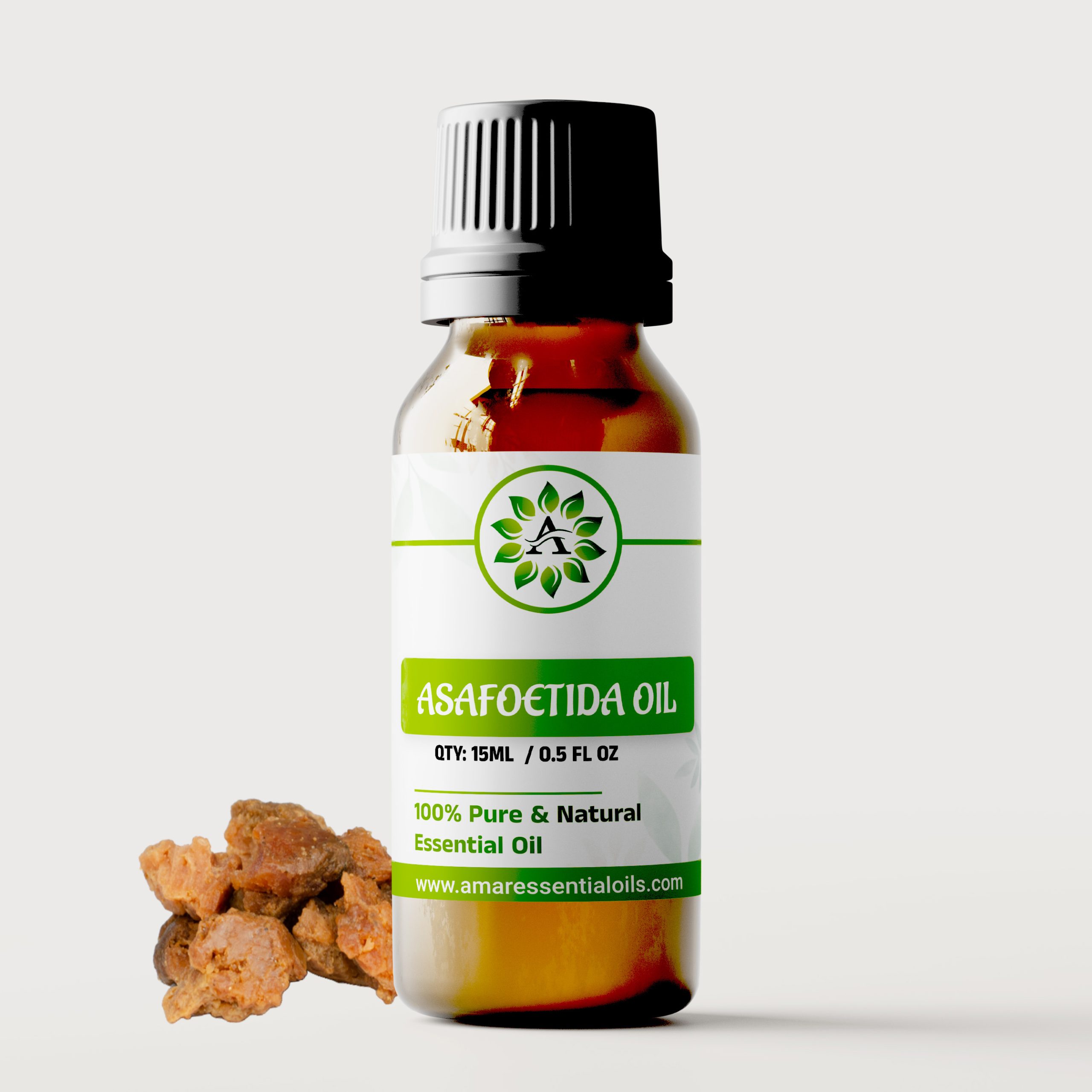

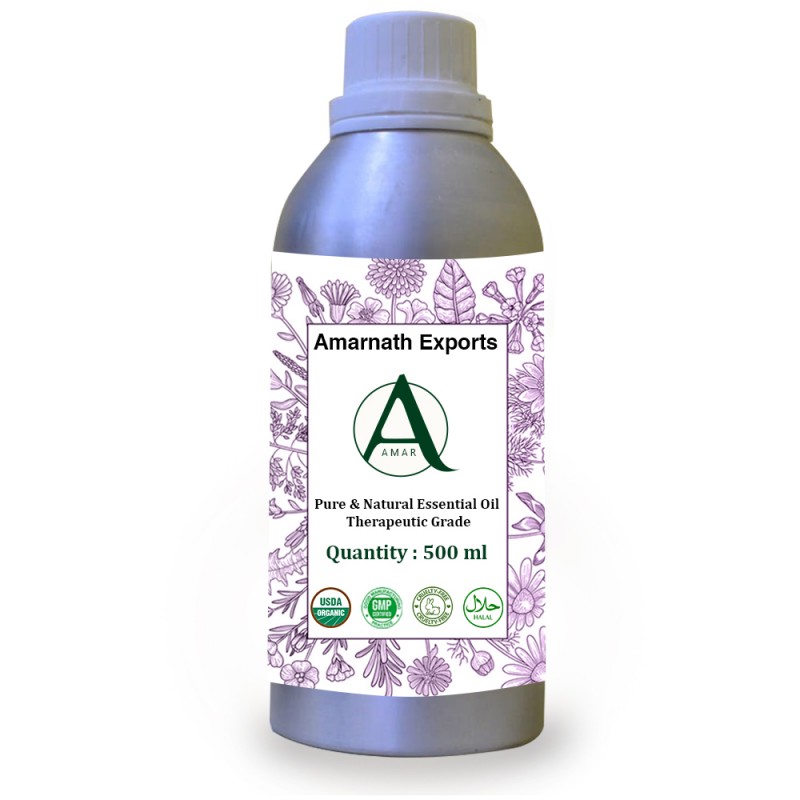
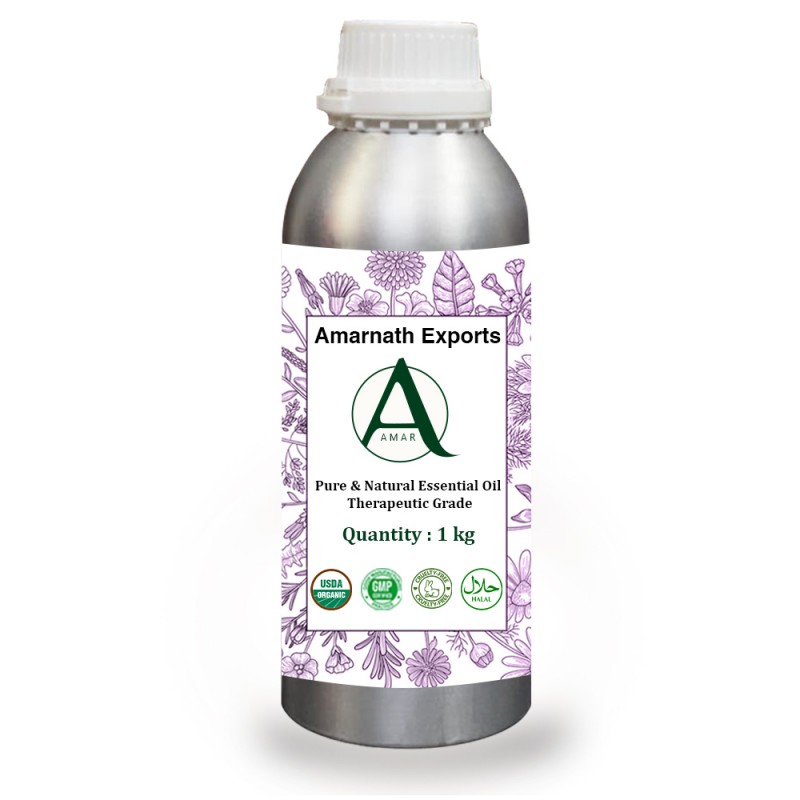




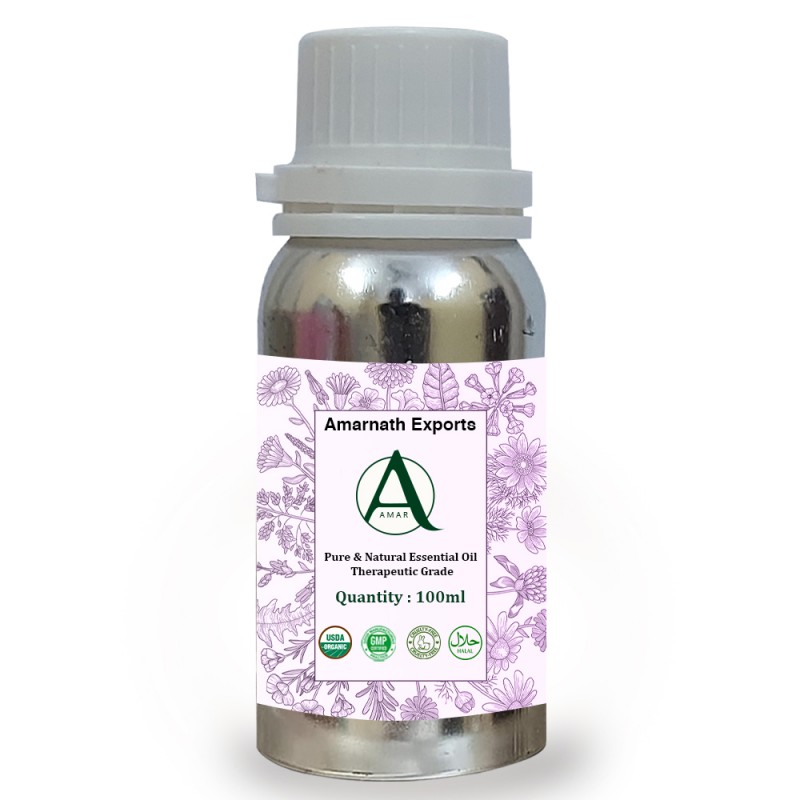




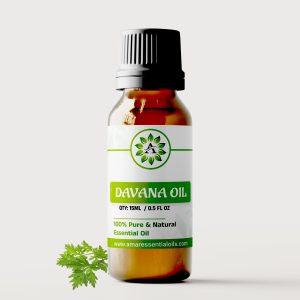
Reviews
There are no reviews yet.